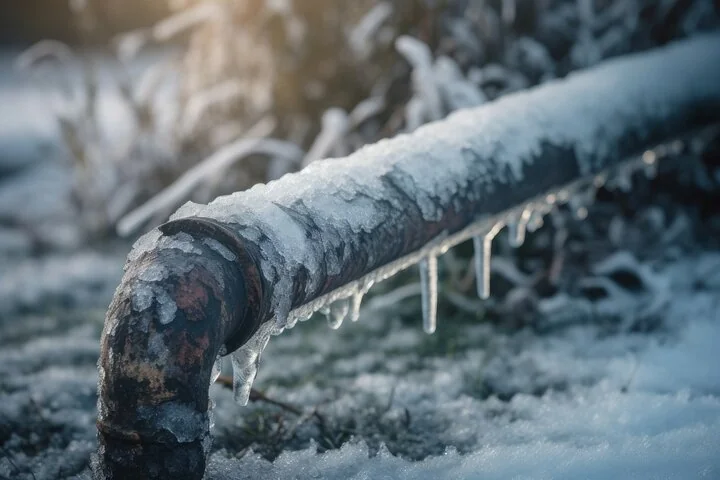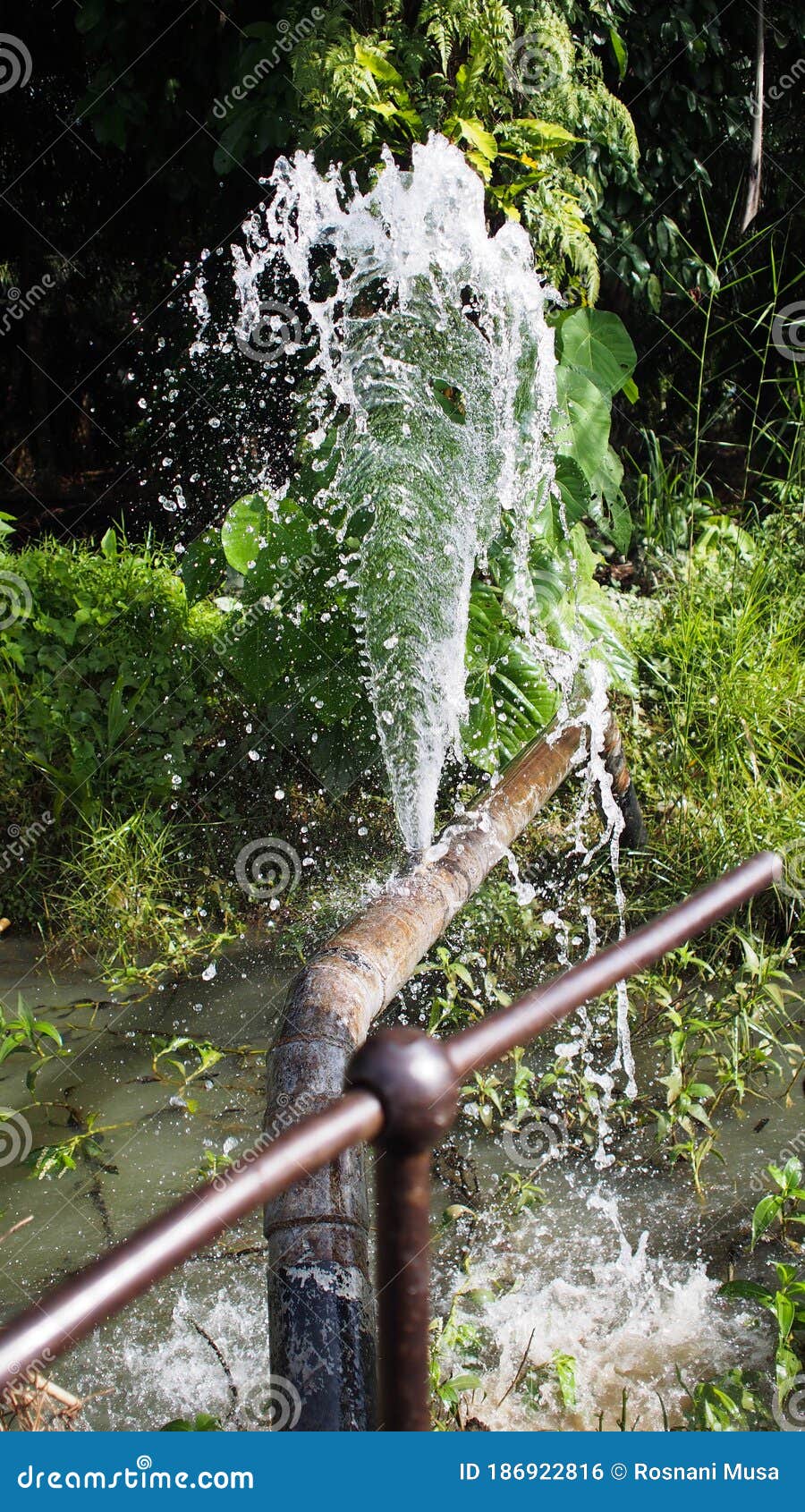Signs of a Burst Pipe: How to Identify and Address the Issue Before It Escalates
Signs of a Burst Pipe: How to Identify and Address the Issue Before It Escalates
Blog Article
Preventing Ruptured Piping: Vital Tips to Shield Your Pipes
Avoiding ruptured pipes is an essential worry for house owners, particularly throughout colder months when the threat of cold is enhanced. Implementing calculated procedures such as correct insulation, regular assessments, and keeping consistent indoor temperatures can significantly decrease the possibility of pipe failing.
Understand Pipe Vulnerabilities
Understanding pipeline vulnerabilities is necessary for efficient pipes maintenance and protecting against pricey damages. Several elements contribute to the vulnerability of pipes to ruptureds, including material composition, age, and ecological conditions. Older pipelines, particularly those made from galvanized steel or polybutylene, frequently deteriorate over time, resulting in raised danger of leakages and ruptures.
Temperature level variations can also substantially impact pipeline honesty. In cooler environments, water entraped in pipes can freeze, broadening and putting in pressure on the pipe walls, which may eventually lead to a ruptured. Furthermore, high water stress can strain pipes, especially at bends and joints, heightening the possibility of failing.

Insulate Pipeline Correctly
Appropriate insulation of pipelines is important for protecting against cold and subsequent bursts throughout cold climate (burst pipe). Protecting your plumbing system properly safeguards against temperature level drops that can result in expensive damages. Begin by recognizing vulnerable locations where pipes are subjected to exterior temperature levels, such as basements, attics, and outside wall surfaces
Usage foam pipe insulation sleeves or wrap insulation tape around these areas to supply a protective barrier. Ensure that all sections of the pipes, especially those with restricted warm exposure, obtain adequate insulation. Pay special interest to joints and installations, as these are extra at risk to cold.
When insulating, it's important to select materials that fulfill regional building regulations and are appropriate for the certain atmosphere. For example, fiberglass insulation is commonly recommended for its thermal resistance residential properties - burst pipe. Additionally, take into consideration making use of heat cords or tape in extreme problems, which can be connected in to give additional warm
Regularly examine insulated pipelines for any kind of indications of wear or damage, as endangered insulation can decrease its effectiveness. By taking these positive procedures, you considerably reduce the threat of pipe ruptureds, making sure a reliable plumbing system throughout the cold weather.
Maintain Constant Temperature
A stable indoor temperature level is essential for avoiding burst pipes during the freezing months. When temperatures decline, water within pipes can ice up, expanding and developing stress that might ultimately cause the pipes to burst. To mitigate this risk, homeowners should preserve a consistent temperature throughout their space, preferably no less than 55 ° F(13 ° C)Utilizing a programmable thermostat can help manage interior temperature levels successfully, ensuring that spaces her response with pipes remain warm also when your home is vacant. Pay unique attention to areas that are extra at risk to cool, such as garages, attic rooms, and cellars. Maintaining closet doors open under sinks can also enable warmer air from the home to distribute around pipes.
Additionally, it is prudent to allow faucets to leak somewhat throughout severe cold snaps. This minor flow of water can prevent cold by minimizing pressure within the pipelines. Additionally, during particularly serious climate occasions, consider briefly suspending any type of nighttime setbacks on your thermostat to preserve a stable cozy environment. By executing these approaches, homeowners can dramatically minimize the danger of pipe ruptureds and safeguard their pipes systems versus the harsh winter months components.
Consistently Inspect Pipes
Routine assessments of pipes systems are vital for protecting against ruptured pipelines and preserving total home honesty. Routine checks allow property owners to identify potential concerns prior to they intensify right into costly repair work or major water damage. During these evaluations, it is vital to analyze visible pipelines for signs of rust, leaks, or put on. Pay special attention to areas prone to freezing, such as basements, attic rooms, and exterior wall surfaces.
Additionally, examining joints and links is essential, as these factors are frequently susceptible to leakages. Home owners must also evaluate water pressure levels, as too much pressure can stress the plumbing system and boost the threat of pipe ruptureds.
Consider scheduling professional plumbing inspections at least once a year, specifically before wintertime, to guarantee your system is prepared for chillier temperature levels. By being proactive in your strategy, you can protect your home versus the turbulent and expensive effects of ruptured pipelines.
Know Emergency Procedures
Recognizing emergency situation treatments is crucial for each house owner, particularly after conducting regular pipes assessments. Being gotten ready for a pipes emergency can considerably alleviate damages and conserve costs. Initially, situate your primary water shut-off shutoff; it is normally located near the water meter or where the primary line enters your home. Acquaint on your own with its operation, as shutting down the water supply quickly can stop extensive flooding.
Next, keep necessary devices helpful. A plumbing emergency situation package should consist of a wrench, bettor, and towels, along with a flashlight and a container for small leaks. In addition, consider having the get in touch with information for a relied on plumbing readily offered, ought to the situation escalate beyond your control.
If you find a leak or burst pipeline, immediately turn off the supply of water and alert your plumbing technician. Moreover, record the damage with photos for insurance policy objectives. burst pipe. Understand the signs of potential plumbing issues, such as uncommon water stress fluctuations or damp areas on walls
Eventually, positive understanding and quick activity are critical in managing pipes emergencies, guaranteeing your home stays secured and reducing potential damages.

Final Thought
To conclude, protecting against burst pipelines necessitates a diverse approach that includes understanding pipeline vulnerabilities, correct insulation, keeping constant indoor temperatures, regular examinations, and knowledge of emergency treatments. By executing these useful reference important approaches, the danger of plumbing failures can be substantially minimized, thus making sure the longevity and effectiveness of the plumbing system. Positive measures not only secure versus prospective damages but also add to overall water preservation and the security of residential or commercial property.
In cooler climates, water entraped in pipes can ice up, broadening and putting in pressure explanation on the pipe wall surfaces, which might inevitably lead to a ruptured. When temperatures decline, water within pipes can freeze, expanding and creating stress that may eventually trigger the pipes to ruptured. By executing these techniques, homeowners can dramatically reduce the danger of pipeline bursts and secure their plumbing systems versus the harsh winter season components.

Report this page